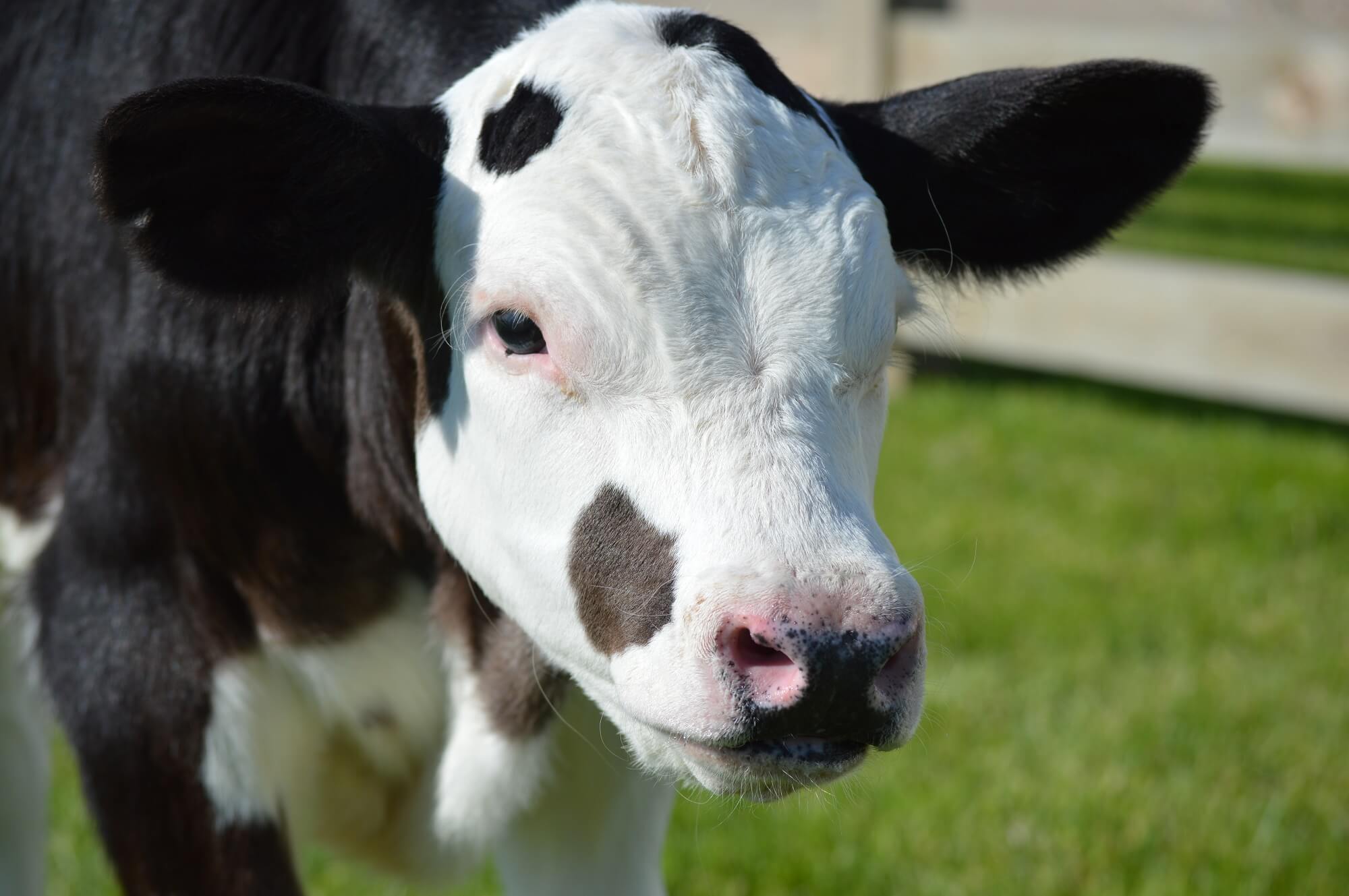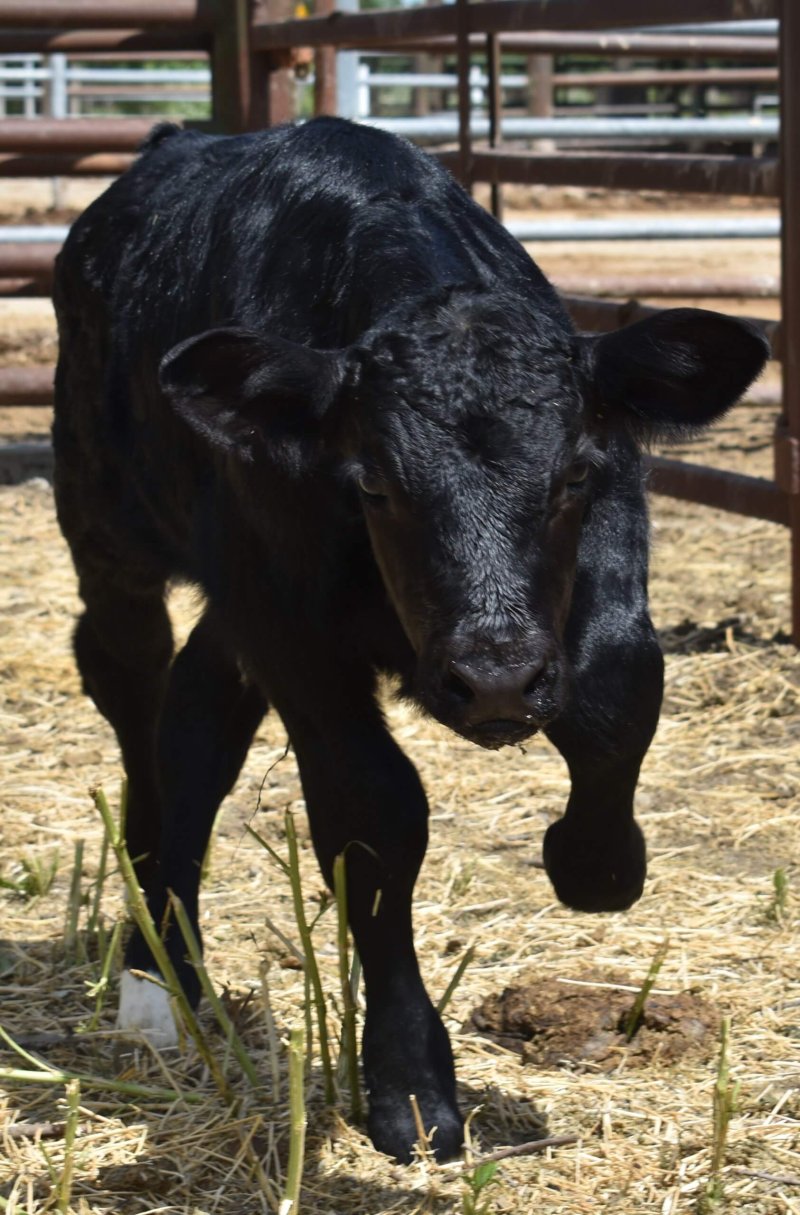Over the last two months, USDA made two revolutionary moves regarding the regulation of genetically engineered (GE) animals: to take over the regulation of GE animals from the FDA and to outline their proposed regulation of GE animals.
Aside from the dramatic inter-agency politics, loosening the regulation of GE organisms is better than the status quo, which excessively inhibits innovation. But the proposed rule doesn’t go far enough.
USDA’s proposed regulations would allow more GE animals to be developed and commercialized, an important step to addressing livestock’s environmental and animal welfare problems. Current regulation of GE animals under FDA is overly intensive — rather than proportionate to the actual risk of negative consequences — wasting government resources and making it excessively burdensome for the developers of GE animals to bring them to market. Compared to GE plants, which are already regulated by USDA with at least 131 approved (specifically, deregulated) since 1992, FDA has only ever approved two GE animals.
USDA’s proposed regulation supports innovation in animal breeding, which is key to reducing animal agriculture’s environmental impacts even as demand for animal products continues rising. The agricultural sector produces 9-10 percent of total US greenhouse gas emissions, with at least 42 percent coming from animal agriculture alone. A not-yet-commercialized GE dairy cow resistant to udder infection stays healthier, potentially allowing cows to produce more milk and thereby reducing emissions per gallon of milk.
Using genome editing and other modern breeding methods can also benefit animal welfare. Agricultural animals often suffer greatly under production conditions, such as dairy cows that undergo a brutal de-horning process. A not-yet-commercialized GE cow avoids this problem by never growing horns.

In contrast to FDA’s overly cautious regulatory approach, which includes the same intensive review for every GE animal, USDA’s proposed rule has two levels of safety review for potential risks to human and animal health: an expedited one for GE animals with changes that mimic naturally-occurring ones, and a full safety review for all other GE animals. Using genetic engineering to mimic naturally-occurring animal traits may sound pointless; however, it is a quicker way to combine traits from two different breeds than conventional breeding and usually achieves indistinguishable results.
While the proposed rule is a huge improvement in the regulation of GE animals, it doesn’t go far enough.
First, USDA should regulate GE animal traits based on whether the product — like cows without horns — creates new risks, not on the process used to create them. The proposal, as with USDA’s approach to regulating GE crops— SECURE — determines the depth of regulatory inquiry based on the type of genetic change rather than the resulting trait. This is a poor proxy for the risks associated with the resulting animal trait. In fact, the majority of plant biotechnology experts prefer product-based regulation. In product-based regulation there could be an initial safety review, as SECURE has, to look for any way the trait could potentially harm animal or human health; if there is no plausible potential for harm, then the animal is deregulated. If there is, USDA conducts a further safety review to determine whether harm actually results in practice.
Second, requiring any safety review — even an expedited one — for GE animals with changes that mimic naturally-occurring ones is unnecessary. If a genetic trait for disease resistance exists in some cows, then it doesn’t matter whether breeders use conventional methods or genetic engineering to combine it with traits for good milk production and make a healthier dairy cow. After all, there is no pre-market regulation for new conventionally-bred animals. Our system accepts some risk that conventional breeding may result in harmful traits because the risk has proven to be very low, and because we have many mechanisms for regulating animals and animal products once they’re on the market. USDA should take the same approach with animals as it takes with plants, exempting those that could have been produced using conventional breeding from pre-market regulation.
Compared to current FDA regulation of GE animals, USDA’s proposed regulation is more proportional to the potential risks involved, creates fewer unnecessary barriers to commercialization, and reduces government waste. It will allow more GE animals to pass through regulation and reach the market, providing producers with additional tools to mitigate the environmental impacts and welfare challenges of animal agriculture. However, it doesn’t go far enough and should be more similar to USDA’s SECURE rule for GE plants.
Emma Korvak is a Food and Agriculture Analyst at the Breakthrough Institute. She has been involved in communication and science policy surrounding genetic engineering since the beginning of graduate school, and more recently with the Genetic Literacy Project. Emma received her PhD in Plant Biology from the University of California, Berkeley. Find Emma on Twitter @EmmaKovak
A version of this article was originally posted at the Breakthrough Institute and has been reposted here with permission. The Breakthrough Institute can be found on Twitter @TheBTI































